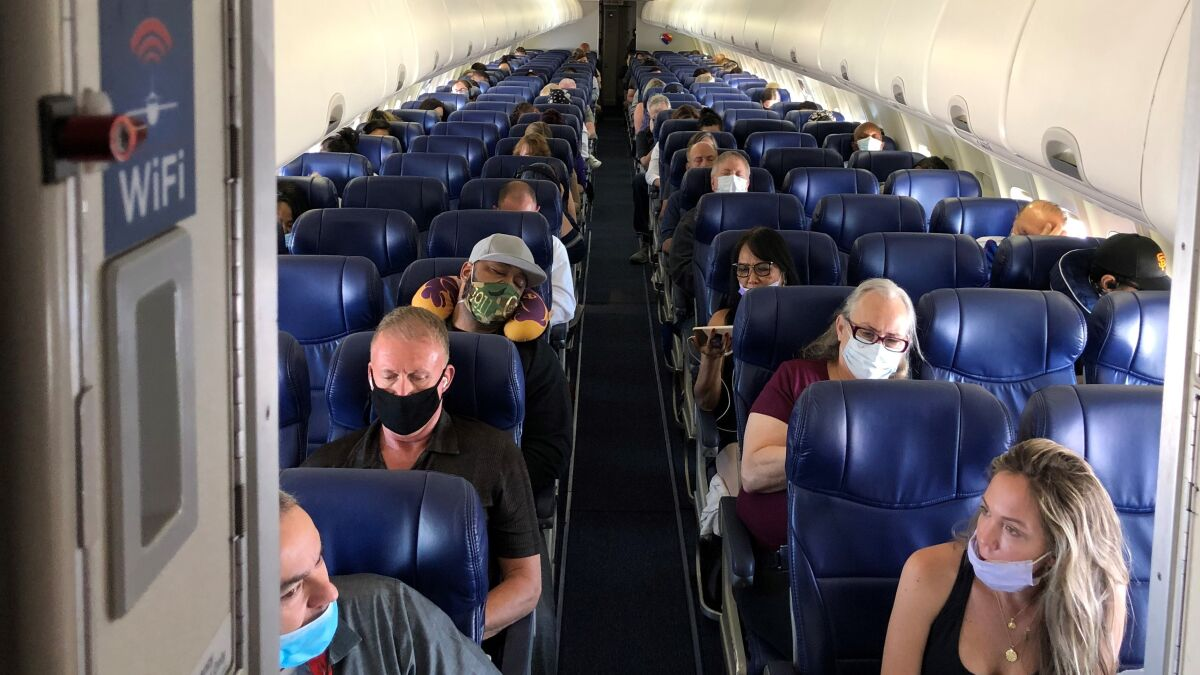Choosing the right seat on an airplane is a common concern for travelers, with myths and misconceptions often influencing seat selection decisions. In this guide, we’ll debunk common myths about airplane seating and provide insights into maximizing safety and comfort during air travel.
Myth: Safest Seats are in the Rear of the Plane
- Reality: While rear seats may have slightly better odds of survival in certain accidents, the overall safety of an airplane depends on numerous factors, including the specific circumstances of the incident.
- Considerations: Rear seats may be less comfortable during turbulence and may be situated near lavatories and galley areas, impacting the overall travel experience.
Alternative Strategies for Safety
- Exit Row Seats: Seats near emergency exits may offer better evacuation options in the event of an emergency, as planes must be fully evacuated within 90 seconds.
- Flight Attendant Instructions: Pay attention to safety demonstrations and instructions provided by flight attendants, including the location of emergency exits and evacuation procedures.
Statistics on Aviation Safety
- Survival Rates: According to the National Transportation Safety Board (NTSB), the vast majority of passengers involved in aviation accidents survive with minor or no injuries, highlighting the overall safety of air travel.
- Preventive Measures: Focus on safety protocols, such as reviewing safety cards, locating emergency exits, and evacuating the aircraft promptly in the event of an emergency, rather than fixating on seat selection.
Additional Safety Tips
- Preparation: Familiarize yourself with the aircraft layout and emergency procedures before takeoff. This includes locating the nearest emergency exits and reviewing safety information provided by the airline.
- Seatbelt Use: Always keep your seatbelt fastened while seated, even when the seatbelt sign is off. In the event of turbulence or unexpected situations, a seatbelt can prevent injury and keep you secure.
- Staying Calm: In the rare event of an emergency, remaining calm and composed is crucial. Follow the instructions of the flight crew and assist others as needed, prioritizing safety above all else.
- Personal Belongings: During an evacuation, leave personal belongings behind and focus on exiting the aircraft promptly. Retrieving belongings can delay evacuation efforts and put yourself and others at risk.
- Emergency Equipment: Familiarize yourself with the location and operation of emergency equipment, such as life vests and oxygen masks. Knowing how to use these devices can be lifesaving in emergencies.
Conclusion
While myths about airplane seating abound, the reality is that flying remains one of the safest forms of transportation. Rather than obsessing over seat selection based on perceived safety, travelers should prioritize following safety protocols, listening to flight crew instructions, and being prepared to respond effectively in the event of an emergency. By focusing on safety measures and understanding the facts about aviation safety, travelers can enjoy a comfortable and worry-free flying experience.

